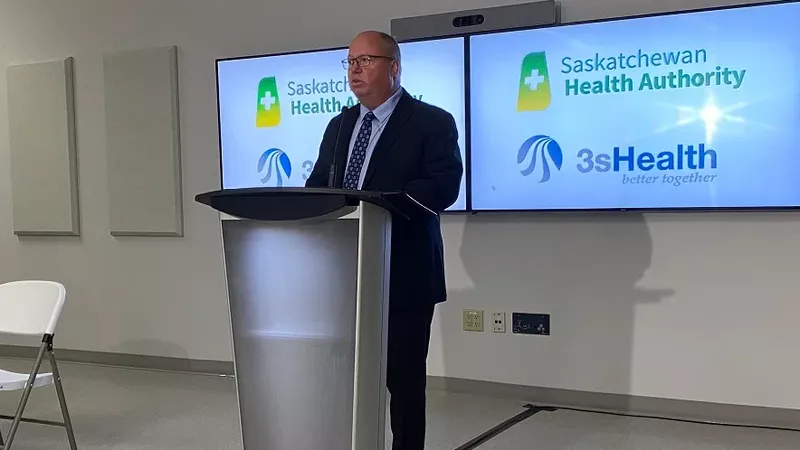
SHA says around 500 Sask. health-care workers paid late
Saskatchewan Health Authority (SHA) head Andrew Will apologized on Friday to health-care workers affected by the second rollout of a new pay system.
Will said that out of the almost 50,000 SHA employees being paid through the AIMS software, around 500 of them have been paid late.
“Even one situation where people aren’t getting their pay that they’ve earned is a problem that needs to be addressed,” he said. “What we are seeing in terms of numbers of people being impacted is very similar to before we implemented the AIM system.”
When asked if the workers who weren’t paid on time had since been paid accordingly he wouldn’t answer directly.



